My stops in Borneo were specifically included in the Coda section of the Tour to allow me an opportunity to see several exceptional bird species. Of course, as is sometimes the case, two of Borneo’s better birding locations also happen to be World Heritage Sites, and so I was also happy to count these Site visits to my total for the tour. In the first case, with my gaze firmly directed towards whatever feathered creatures might be present, I really didn’t seek out all of the qualities that make the Site unique. However, at the second Site, while there were birds around, new species did not appear very often, and so it was fortunate that the Site’s primary attraction involves an activity that I also really enjoy. Both of these visits were arranged for me by Borneo Ecotours, as part of my traditional birding tour in Borneo, and as required by the covid travel policies in place at the time. Reaching both involved a significant amount of air travel, which I would have preferred to avoid, and I was quite surprised by the fact that, even on the domestic flights within Malaysia, to enter each of the two states on Borneo passengers must pass through customs and passport control.
The first Site was Kinabalu Park, located at the northeastern corner of the island, not far from the capital of Sabah state, Kota Kinabalu. The park protects the forested slopes of Mount Kinabalu, the tallest peak in Southeast Asia, which reaches four thousand one hundred meters above sea level. Many of the visitors to the Park go there in order to make an organized overnight hike to its summit. As the bird life would be sparse at the higher elevation, we passed on that activity, focusing instead on the mid-elevation forest habitats. I had no complaints about that, since the climate at the one thousand eight hundred meter level was exhilaratingly cool and incredibly refreshing, compared to other places I had been recently.
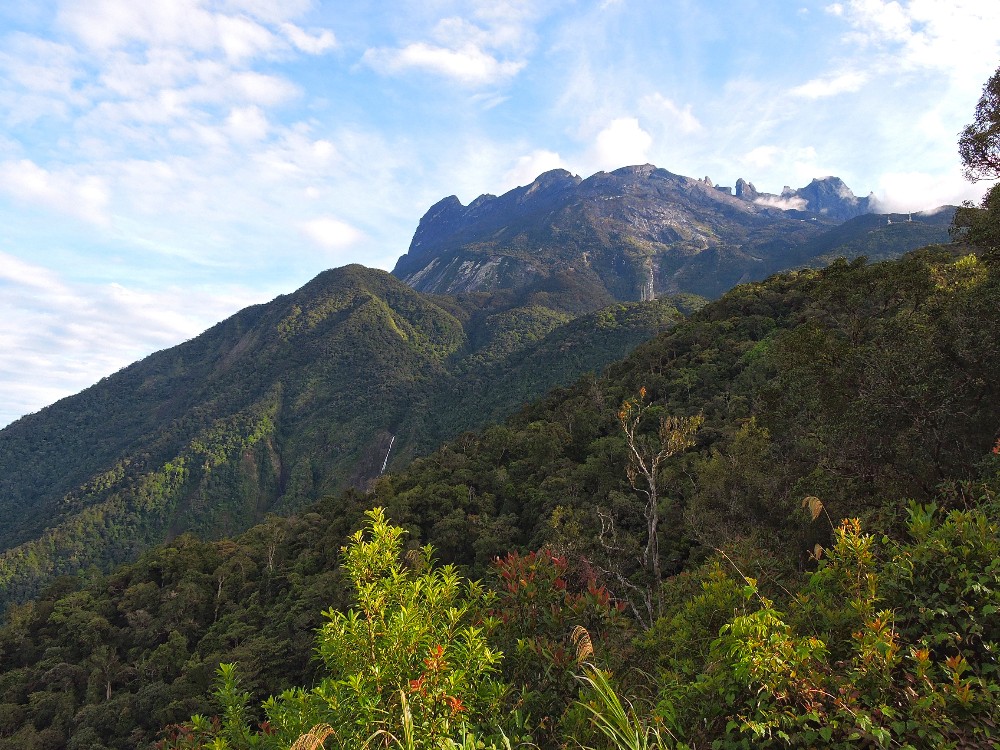
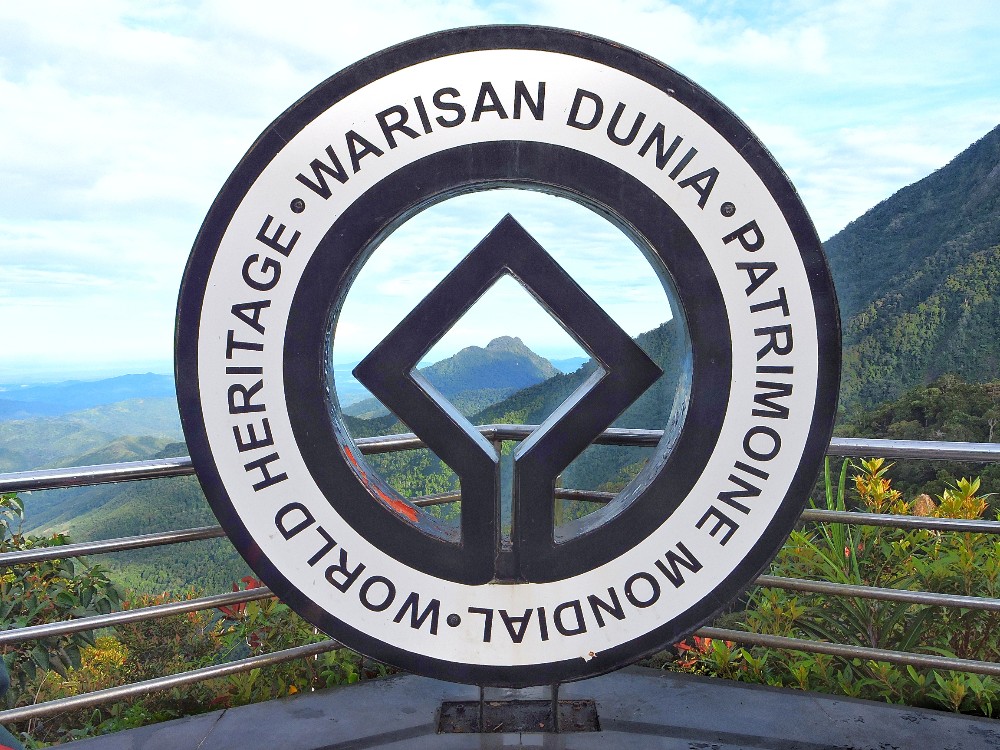
The second Site was Gunung Mulu National Park, located in Sarawak State, not far from the border with Brunei Darussalam. This rather isolated park can only be reached by short flights from Miri or Kuching, or by a long riverboat trip inland from the coast. I stayed in the Park lodge for two nights which was just about right to see the primary attraction of the Site, its extensive system of large caves. Four of these are open for visitors, with easy walkways and generally tasteful lighting installed. What differentiates these from other caves around the World is that the climate and the humid tropical forests on the surface cause a relatively large and steady amount of water to drain into and through the caves. That has resulted in a correspondingly rapid dissolution and redeposition of limestone minerals, causing the formation of very large, open chambers with a considerable amount of dripstone formations. One other notable aspect was that the more open nature of these caves eliminated the chilly conditions that are usually found underground, allowing humid tropical air to enter instead.
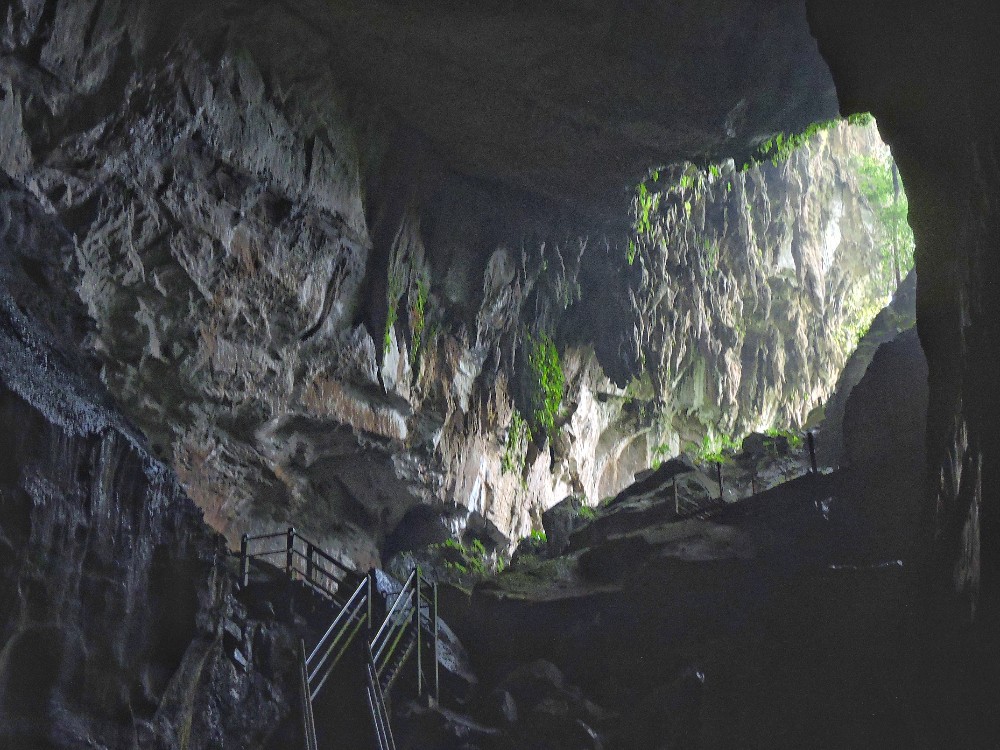
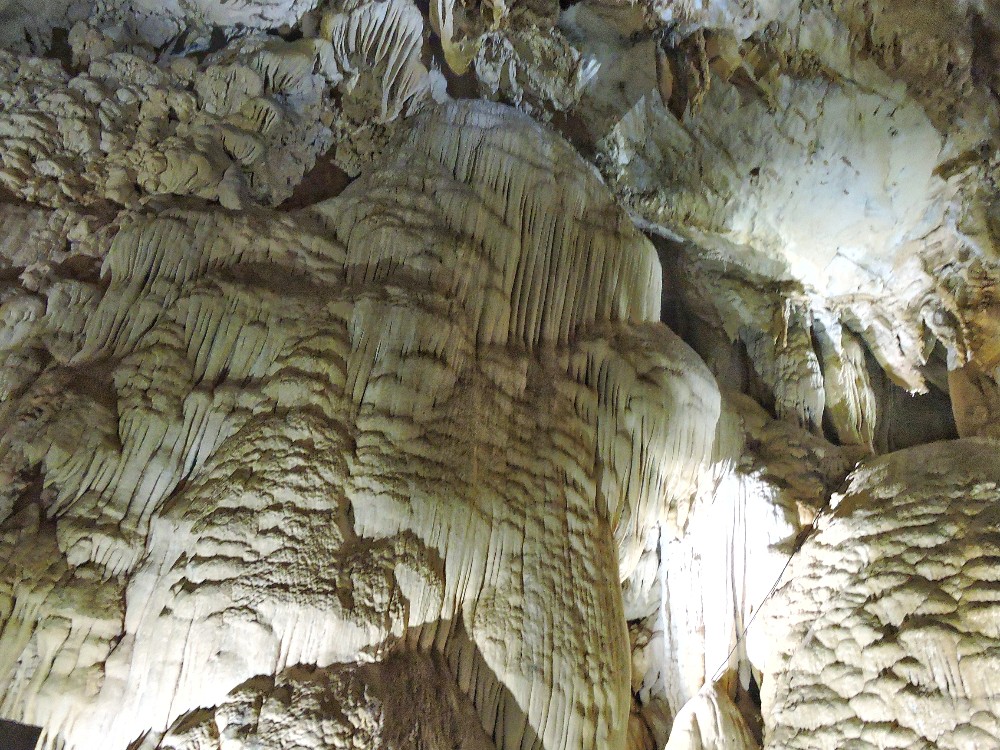
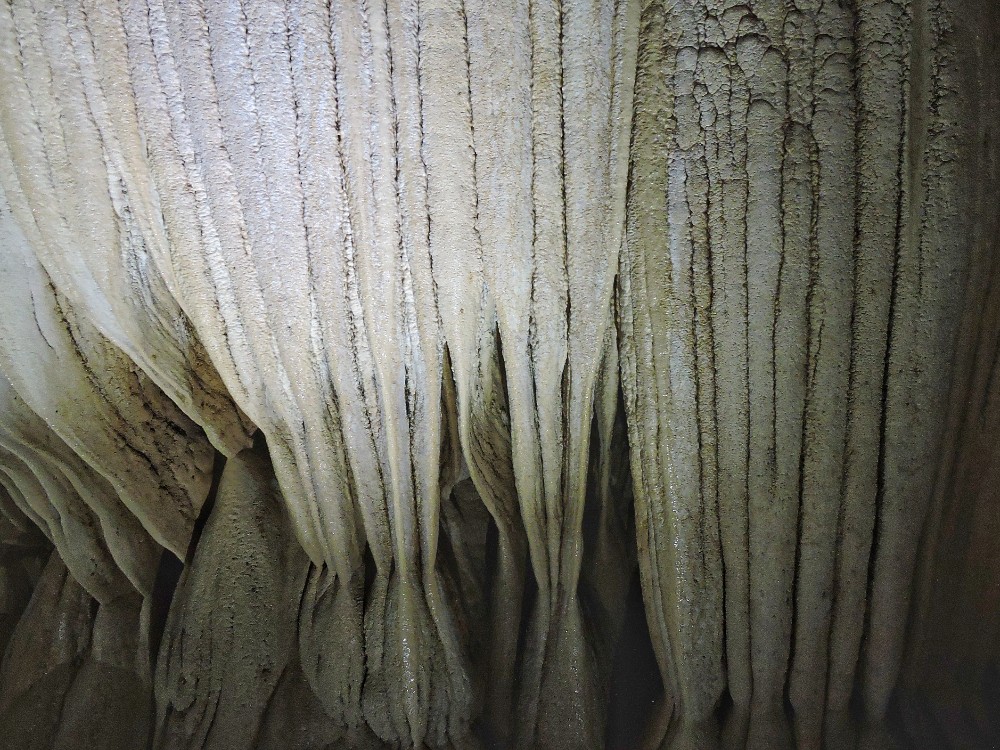
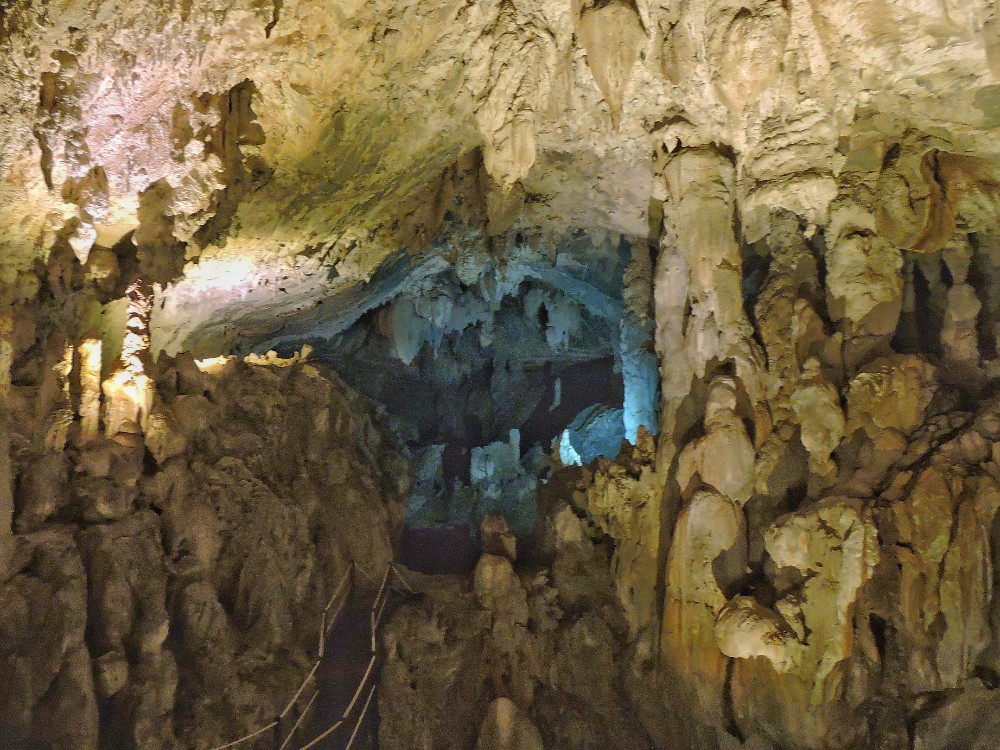
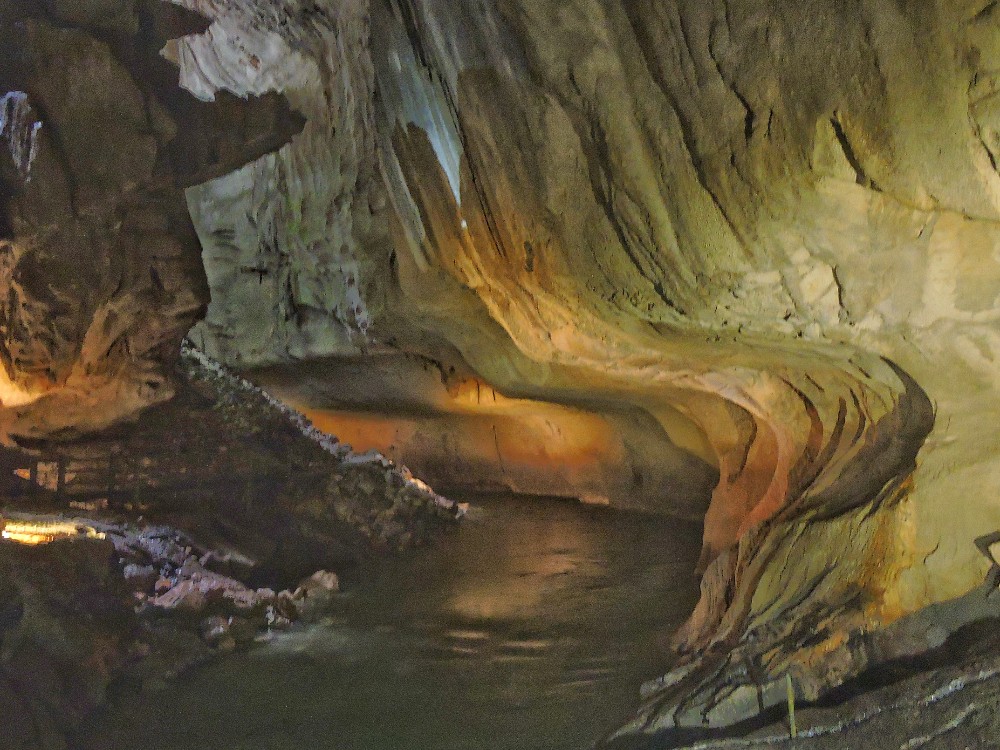
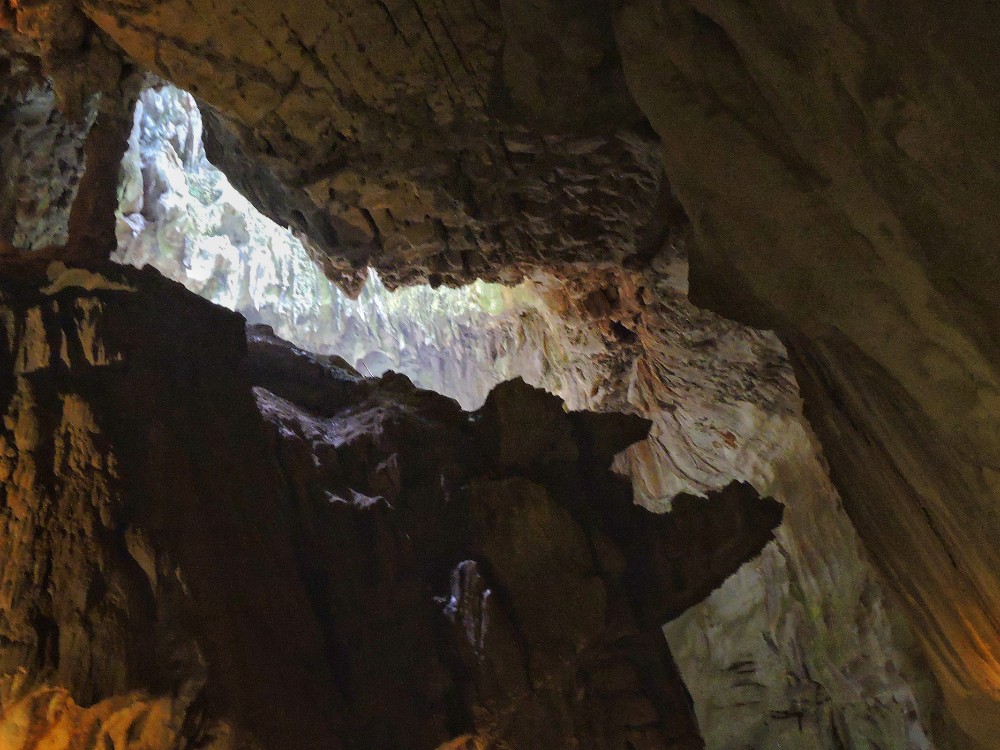
Slava Ukraini!!